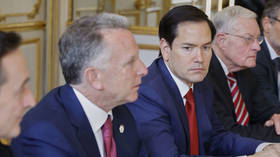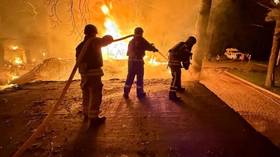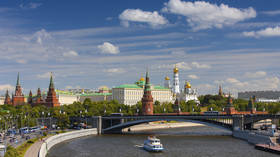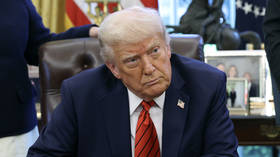'Largest' US museum considers returning looted artworks
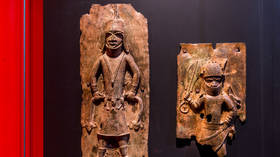
The Smithsonian Museum has officially admitted many of its celebrated collections were obtained unethically – essentially looted – in a statement published on Tuesday. Observing that “many artifacts and works of art have been in the Smithsonian’s holdings for decades or, in some cases, more than 150 years,” the museum acknowledged that “ethical norms and best practices in collecting have changed, particularly with respect to collecting cultural heritage from individuals and communities.”
The Smithsonian has collections it would not have acquired under present-day standards.
The statement comes a year after a group of curators and collection specialists began contemplating whether the Smithsonian network of museums should come up with a “shared stewardship” policy that would allow the temporary return of looted, stolen, or otherwise unethically-obtained collections. The policy will focus particularly on repatriating or agreeing on shared stewardship of human remains, especially those acquired without the consent of the individual in question or their family, the policy notes.
The “ethical returns policy” took effect on April 29 and will apply to all Smithsonian museums, though given the wide range of artifacts on display at the various sites, it will be implemented differently from location to location.
Individual museums will decide on criteria and procedures for “deaccessioning and returning collections for ethical reasons, with occasional interventions by the parent organization’s Board of Regents when the collections in question are of “significant monetary value, research or historical value, or when the deaccession might create significant public interest.”
The principles as outlined in the museum’s news release state that “past acquisitions raising ethical concerns should be investigated and addressed in a manner consistent with current ethical standards,” meaning “being proactive” is preferable to being “simply responsive” – i.e. responding to scandals – in addressing issues related to past collecting.
The museum also acknowledged that it has collected “in a manner that has caused harm or benefited from unequal power relationships,” admitting that while it was impossible to deny the role of predatory practices in the accumulation of the museums’ impressive hoards, “they must have no part in our future interactions and collecting.”
Despite its rapacious past, the museum has vowed to go forward with a “commitment to implement policies that respond in a transparent and timely manner to requests for return or shared stewardship.”
Even before releasing its policy on “ethical returns,” the Smithsonian pledged in March to repatriate 39 bronze sculptures to Nigeria, which has been demanding the return of the 'Benin Bronzes' for decades. The museum erected a display of photographs in their place and a sign declaring that the organization recognized “the trauma, violence and loss such displays of stolen artistic and cultural heritage can inflict on the victims of those crimes, their descendants, and broader communities.”
Many of the sculptures were ransacked from Benin City in 1897 by the British, who – according to the Smithsonian’s website – “confiscated all the royal treasures, giving some to individual officers but taking most to auction in London to pay for the cost of the expedition. The looted objects eventually made their way into museum and private collections around the world.”
Such morally questionable distribution routes are responsible for much of the pre-colonial art that has landed in western museums, including the Metropolitan Museum of Art in New York, which repatriated its own works from the Benin Bronzes collection last year. The museum also returned a tenth-century Nepalese sculpture looted from a temple in the Kathmandu Valley.
The Smithsonian Institution describes itself as “the world’s largest museum, education, and research complex.”




